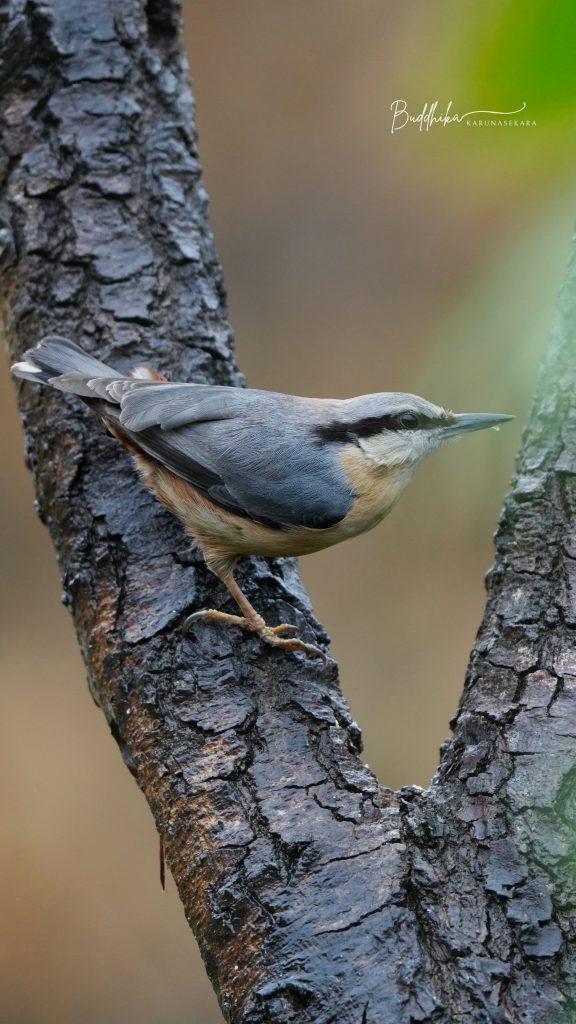
In the dappled light of woodlands across Europe and North America, a small, agile bird can often be seen spiralling headfirst down tree trunks. This is the nuthatch, a creature as rich in folklore as it is fascinating in behaviour.
Nuthatches, belonging to the family Sittidae, are known for their unique ability to move head-first down trees, a skill that sets them apart from other birds. This remarkable trait has not gone unnoticed in folklore. In some European traditions, the nuthatch was seen as a symbol of defying conventional wisdom and approaching problems from new angles.
The bird’s name itself has an interesting origin. ‘Nuthatch’ comes from ‘nut hack’, referring to its habit of wedging nuts into tree bark and hacking them open with its strong beak. This behaviour led to various folk names across Britain, such as ‘nut-jobber’ and ‘wood-cracker’.
In some rural communities, the nuthatch’s industrious nature made it a symbol of hard work and preparation. Its habit of storing food for winter was seen as a lesson in foresight. Farmers would sometimes say, “Be like the nuthatch, and your barns will never be empty.”
The nuthatch’s call, a loud, repeating ‘wit-wit-wit’, features in weather folklore. In parts of England, it was believed that when nuthatches called more frequently than usual, rain was on the way. While this might seem like mere superstition, there’s a grain of truth – insects often become more active before rain, which could indeed cause nuthatches to call more as they hunt.
Interestingly, the nuthatch’s unusual locomotion has a practical purpose. By moving downwards, they can spot insects and larvae hiding in bark crevices that upward-climbing birds might miss. This adaptability extends to their diet; nuthatches are omnivores, eating insects, seeds, and nuts.
In some Native American traditions, the nuthatch played a role in creation myths. The Choctaw people, for instance, believed that the nuthatch helped bring fire to the earth, carrying a burning stick on its back which scorched its feathers, explaining the bird’s blue-grey coloration.
Nuthatches are also known for their nesting habits. They often take over old woodpecker holes, but with an ingenious twist – they plaster the entrance with mud to reduce its size, deterring larger predators. This behaviour led to another folk name: ‘mud-dauber’.
Despite their small size (most species are around 12-14 cm long), nuthatches are known for their boldness. They’re often the first to discover new feeding stations in gardens, leading to the saying, “Where the nuthatch leads, other birds will follow.”
In modern times, the nuthatch continues to capture imagination. Birdwatchers admire their acrobatic skills, and their distinctive upside-down feeding posture makes them a favourite subject for wildlife photographers.
From folklore to fact, the nuthatch proves that sometimes the most interesting stories come in small packages. Whether you spot one in your local woods or hear its rhythmic call, take a moment to appreciate this remarkable little bird – a true acrobat of the forest, steeped in legend and fascinating in real life.
